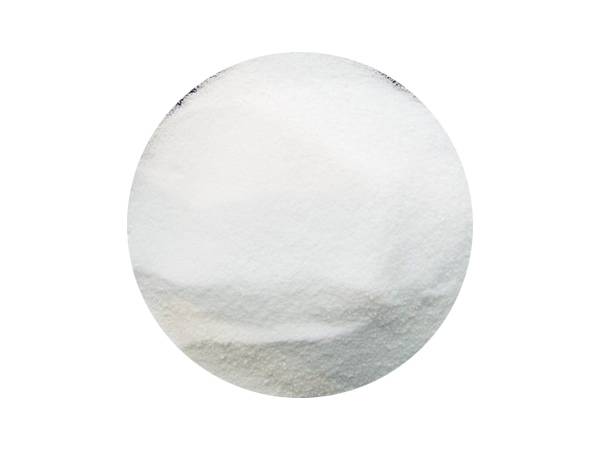



clarifier in water treatment
Clarifiers in Water Treatment Essential Components for Clean Water
Water treatment is an essential process in ensuring that our water is safe for consumption and environmental discharge. Among the various technologies used in this process, clarifiers play a pivotal role. They are designed to separate solid particles from liquids, thereby producing clearer effluent suitable for various applications, including drinking water, industrial processes, and environmental restoration.
What is a Clarifier?
A clarifier, also known as a sedimentation tank or settling basin, utilizes gravity to separate suspended solids from water. The clarifying process generally takes place in a large tank where water slowly flows, allowing particles to settle at the bottom due to gravitational forces. This settled material, known as sludge, can be removed for disposal or further processing.
Types of Clarifiers
There are several types of clarifiers commonly used in water treatment
1. Rectangular Clarifiers These are characterized by their rectangular shape and are typically used in larger treatment plants. They provide a larger surface area for sedimentation and can accommodate high flow rates.
2. Circular Clarifiers These are usually found in smaller treatment facilities. Their circular design allows for more efficient flow patterns and easier maintenance.
3. Dissolved Air Flotation (DAF) Clarifiers These operate by introducing air into the water, creating tiny bubbles that attach to suspended solids. This causes the solids to float to the surface, forming a sludge layer that can be easily removed.
4. Micro-sand Clarifiers These employ a sand medium to increase the settling rate of fine particulates. They are effective in removing very small particles that traditional clarifiers may struggle with.
The Clarification Process
The clarification process typically involves several key steps
clarifier in water treatment

1. Influent Flow Water containing suspended solids enters the clarifier, usually through an inlet channel designed to promote even distribution.
2. Sedimentation As water flows through the tank, the velocity decreases, allowing gravitational forces to act on the suspended solids. Heavier particles settle to the bottom, forming sludge.
3. Sludge Removal Collected sludge is periodically removed from the bottom of the clarifier. This can be done through a mechanical scraper or by pumping it out.
4. Effluent Discharge The cleaner, clarified water then exits the clarifier, typically through an effluent weir or outlet pipe for further treatment or discharge into the environment.
Importance of Clarifiers in Water Treatment
Clarifiers are crucial for several reasons
1. Pollutant Removal They effectively reduce the concentration of suspended solids, which can include organic matter, sediments, and pollutants. This is vital for meeting regulatory standards for water quality.
2. Improved Water Quality By removing solids, clarifiers help enhance the overall quality of the water, making it safer for human consumption and reducing the impact on aquatic ecosystems.
3. Cost-effectiveness The use of clarifiers in water treatment processes can reduce the need for more expensive or complex removal technologies. They can effectively decrease the overall operational and maintenance costs associated with treatment facilities.
4. Environmental Protection Proper clarification protects waterways from pollution caused by untreated or poorly treated wastewater. With clearer effluent, the chances of harming aquatic life and disrupting ecosystems are significantly minimized.
Conclusion
In conclusion, clarifiers are indispensable in the water treatment process. They play a vital role in ensuring the removal of suspended solids, enhancing water quality, and protecting the environment. As the demand for clean water continues to grow worldwide, the efficiency and effectiveness of clarifiers will play an increasingly significant role in modern water treatment facilities. With advancements in technology and design, the future of clarifiers promises even more improved performance, paving the way for sustainable and reliable water treatment solutions. This continuous evolution highlights the importance of ongoing research and development in the field to tackle emerging challenges in water quality management and environmental preservation.
-
Why Sodium Persulfate Is Everywhere NowNewsJul.07,2025
-
Why Polyacrylamide Is in High DemandNewsJul.07,2025
-
Understanding Paint Chemicals and Their ApplicationsNewsJul.07,2025
-
Smart Use Of Mining ChemicalsNewsJul.07,2025
-
Practical Uses of Potassium MonopersulfateNewsJul.07,2025
-
Agrochemicals In Real FarmingNewsJul.07,2025
-
Sodium Chlorite Hot UsesNewsJul.01,2025










